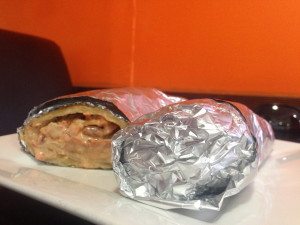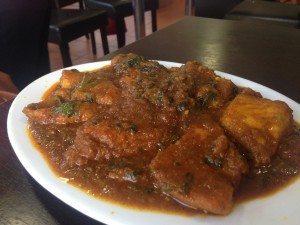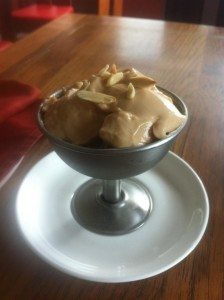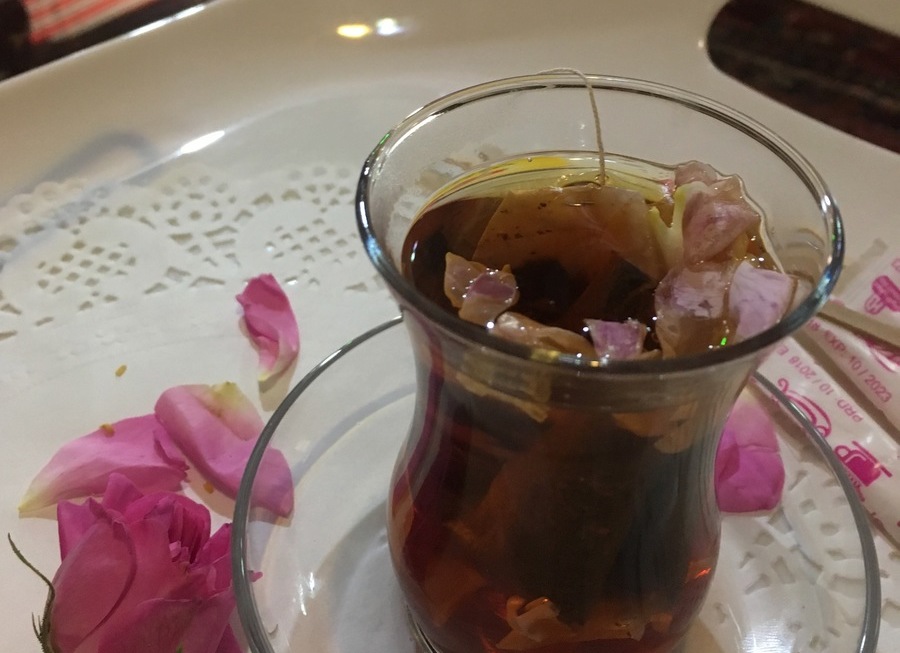Bengali cuisine
As a traveller and a writer, one of my favourite pastimes is travelling my tastebuds. I’m fortunate enough to have had the opportunity to taste Bengali food, one of Asia’s under appreciated culinary traditions.
The region of Bengal sits at the head of the Bay of Bengal, one of Asia’s most treacherous but productive bodies of water. History has seen Bengal divided into two portions; West Bengal, a state of India of which Kolkata (Calcutta) is the capital; and Bangladesh, once referred to as East Bengal and now an independent nation.
The food of Bengal is a reflection of the strategic location which the region occupies. Placed at the mouth of the River Ganges, water is never in short supply and therefore fish and rice are staples. Bread and curry flavours from northern India have long influenced Bengali cuisine, as have the fruity and tangy notes of South East Asian cuisines; Myanmar (Burma) borders Bangladesh, and Thailand is just a stone’s throw away. Fish could be curried, but it could also be steamed in a banana leaf, indicative of Bengal’s cultural collision zone. Mustard seeds, mustard oil and peanut oil are all also popular – the smouldering aroma of mustard is a signature fragrance of Bengali eateries.
However for all this variety, or perhaps as a result of the confusing mix of flavours, Bengali food remains an enigma for most people, including non-Bengali Indians. In cities like Mumbai and Delhi, Bengali cuisine is usually only cooked in the home by Bengali immigrants; it’s too different to pass off as “Indian”, but not exotic enough to promote as “Asian”.
While fruity, spicy and savoury tastes are all well represented in Bengali mains, the region is most famous for its sweets. Where in western nations sweets are often just an accompaniment to the meal, or maybe a treat to be taken alone, Bengalis take their sweets seriously, with hundreds of varieties available. Mishti doi is sweetened yogurt, bhapa pitha is a rice cake flavoured with molasses and shondesh, a type of halva. The king of Bengali desserts is without doubt the rasgulla; semolina and cottage cheese balls cooked in sugar syrup. These sweets aren’t just designed to be had now and then – they form a major part of gift giving, celebration, festivities and even social and religious ceremonies in the region.
Food in Bengal is traditionally served in courses, unlike most other subcontinental traditions where food is served all at once. Bengali courses are based on their flavour content. A meal should begin with a small portion of a ‘bitter’ appetiser, such as a gourd curry cooked with mustard seeds. This acts as a palate cleanser. This is then followed by dhal and rice accompanied by a ‘tangy’ chutney. Next is the ‘savoury’ fish or meat course, followed by a small amount of ‘sour’ yogurt, and then finished off with ‘sweet’ dessert. Given the degustation-like structure of traditional Bengali eating, it’s easy to see why Bengalis themselves consider it to be the most refined of subcontinent cuisines.
Where Bengali food culture differs from degustation is in its abandonment of all dining graces. “Table manners” are seen by many Bengalis as being designed to impair their enjoyment of the meal – so people usually just dig in; chewing, slurping, munching and even burping their way happily through a meal. Food, especially when taken with family or friends, is one of life’s great joys, so why hold back? As a wise Bengali once said: “Eating is what we do between meals”. We concur.
If you are in Melbourne and interested in trying Bengali food, check out our review of Bangladeshi restaurant Madhumoti.
Chennaikers, you can check out our review of The Bayleaf, an established quality Bengali restaurant in Gopalapuram.









0 Comments